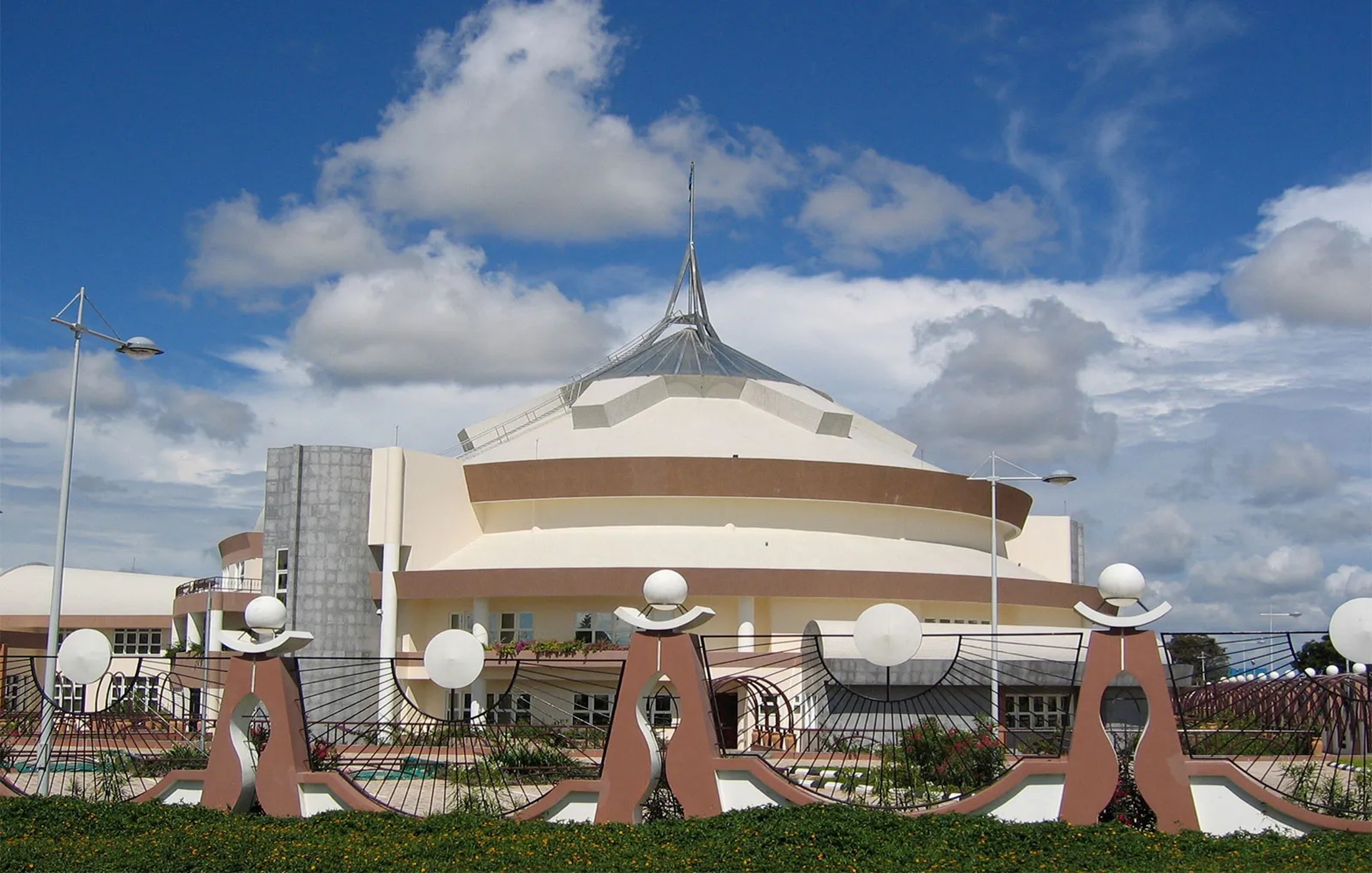
Set at the geographic center of Tanzania, Dodoma is more than just the nation’s political capital—it’s a warm, sunlit city steeped in tradition, brimming with character, and blooming with vineyards. Nestled along the legendary Great North Road, which stretches from Cape Town to Cairo, Dodoma is a cultural crossroads where ancient traditions meet modern aspirations.
A Taste of the Land
Dodoma’s rich red soil and generous sunshine nurture a variety of fruits—grapes, mangoes, guavas, papayas, tamarinds, dates, and the iconic baobab. Small-scale farms dot the countryside, lending a rustic charm that recalls the rhythm of the seasons and the heartbeat of the earth. Most captivating of all is the rise of Dodoma’s wine industry—now one of the most exciting in East Africa. Spend a day visiting local vineyards, sampling sun-kissed wines and learning about the Portuguese-introduced grapevines that have flourished here since the 16th century.
Capital of Culture and Connection
Since becoming Tanzania’s official capital in 1996, Dodoma has grown into an administrative and academic hub, home to the Parliament and a vibrant student population from its two major universities. Its streets pulse with a gentle blend of civic pride and cultural richness. The Gogo, Rangi, and Sandawe peoples form the backbone of the region’s identity, and their traditions—from language to lifestyle—shape everyday life in quiet, fascinating ways.
City Highlights
A walk through Dodoma is a walk through time and diversity. From the towering Gaddafi Mosque—one of East Africa’s largest—to the stately Anglican Church and the elegant Dodoma Cathedral, the city’s architecture reflects its spiritual and cultural harmony. Don’t miss Nyerere Square or the unique round Bunge building where national debates unfold.
Echoes from the Past: Kondoa Rock Art
Just north of Dodoma lies one of Tanzania’s hidden treasures—the ancient rock art of Kondoa, a UNESCO World Heritage Site. Painted in ochres and whites across granite boulders and caves, these striking images date back thousands of years. The red paintings, thought to be around 7,000 years old, showcase stylized human forms dancing, hunting, and adorned with elaborate body decorations. The more recent white paintings, created by Bantu-speaking communities, depict mystical animals and human figures. These rock shelters are not just archaeological wonders—they’re windows into the soul of early Tanzanian civilizations.
The Living Cultures of Barabaig and Sandawe
In the districts of Babati and Kondoa, the Barabaig and Sandawe peoples keep ancient ways alive. The Barabaig, known for their cattle culture and flowing goatskin garments, and the Sandawe, with their rare click language and hunting traditions, offer travelers an authentic encounter with Tanzania’s indigenous roots.
Wine & Wilderness
Just beyond the city’s vineyards, adventure calls. Mount Hanang, Tanzania’s fourth-highest mountain at 3,420 meters, offers a challenging yet rewarding trek from the town of Katesh. The climb can be done in one or two days and rewards hikers with sweeping views of forest, heathland, and high-altitude grasslands.
Though Dodoma itself is free of wild game, the town serves as a serene launchpad for nearby wilderness areas, including Ruaha and Mikumi National Parks. And for the avian enthusiast, the city offers a quiet symphony of birdlife and pastoral scenes with grazing livestock